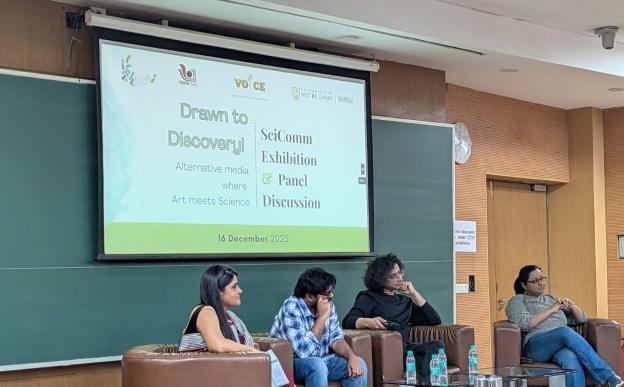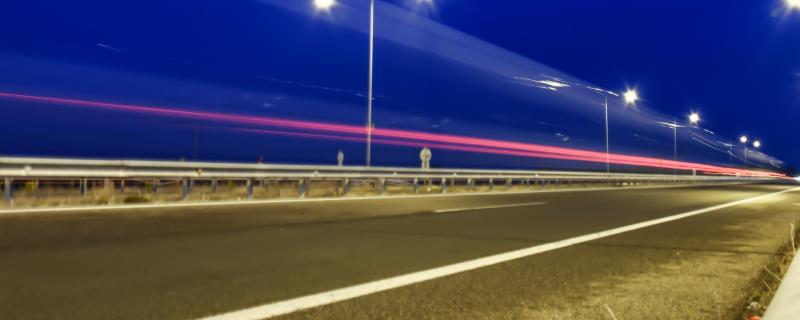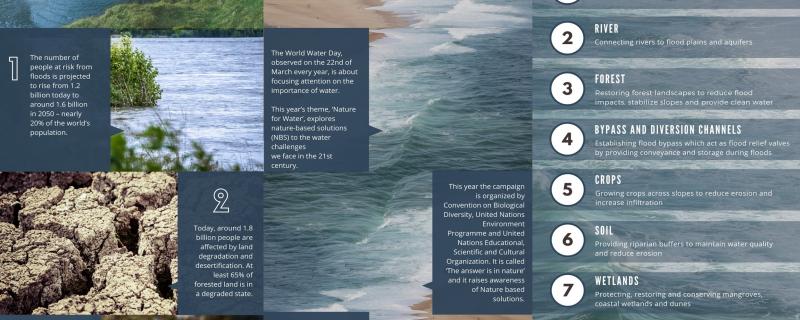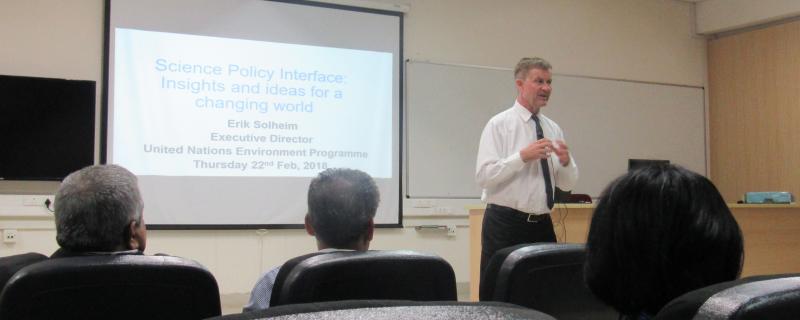In a recent finding that could unveil a hitherto unknown function of the South Asian monsoon, researchers from Germany and Cyprus have described how the South Asian monsoon plays an active role in regulating the levels of pollutants in the atmosphere.
The Indian Institute of Science Education and Research (IISER) Pune on Tuesday launched the VOICE Fellowship 2025
Pune/






